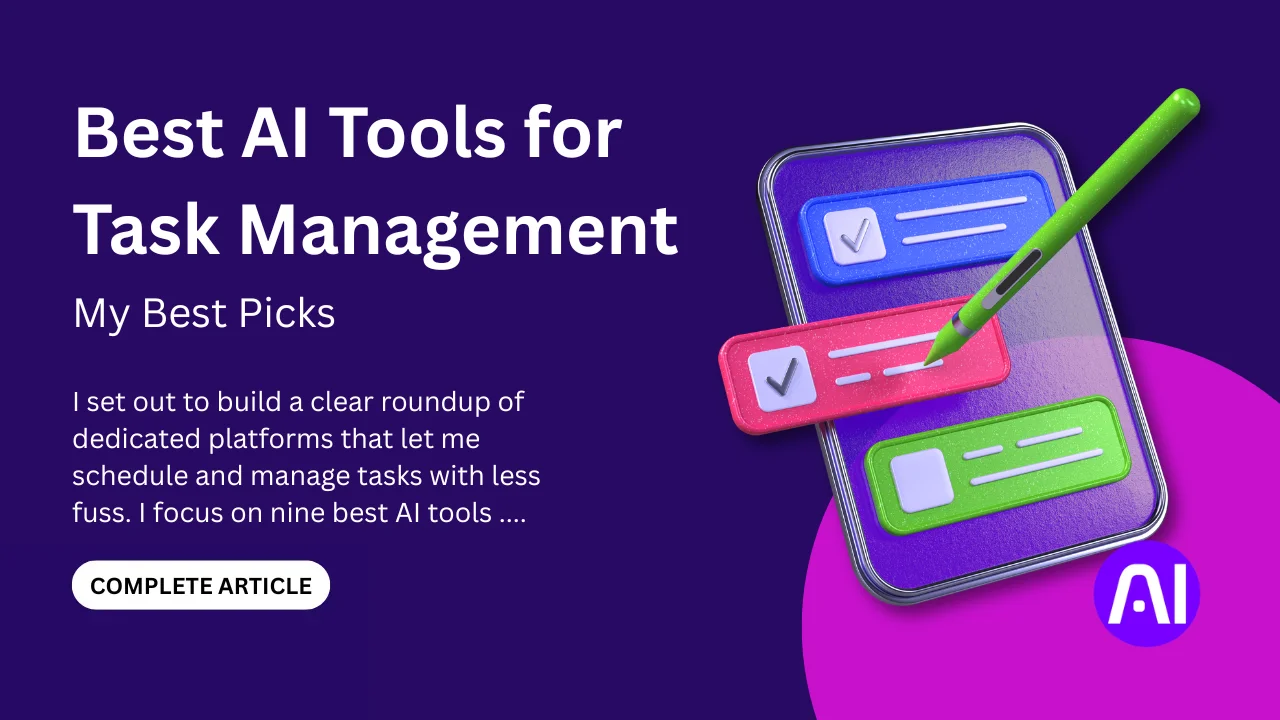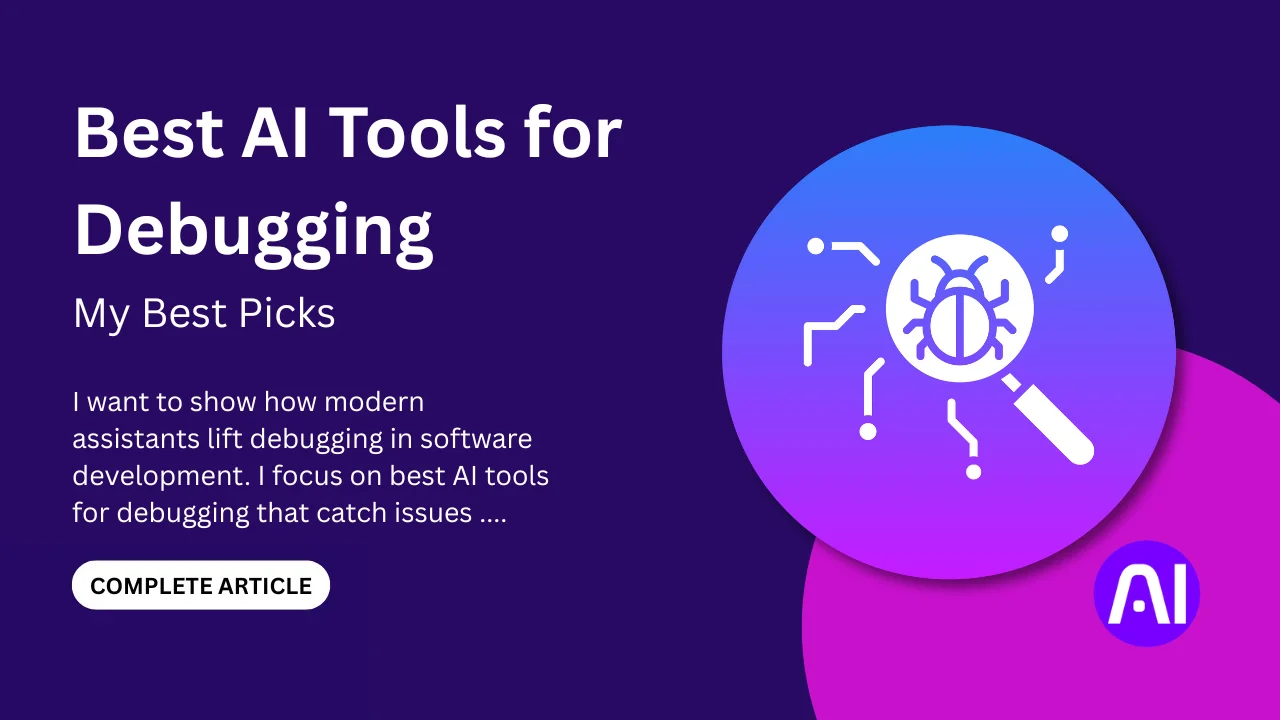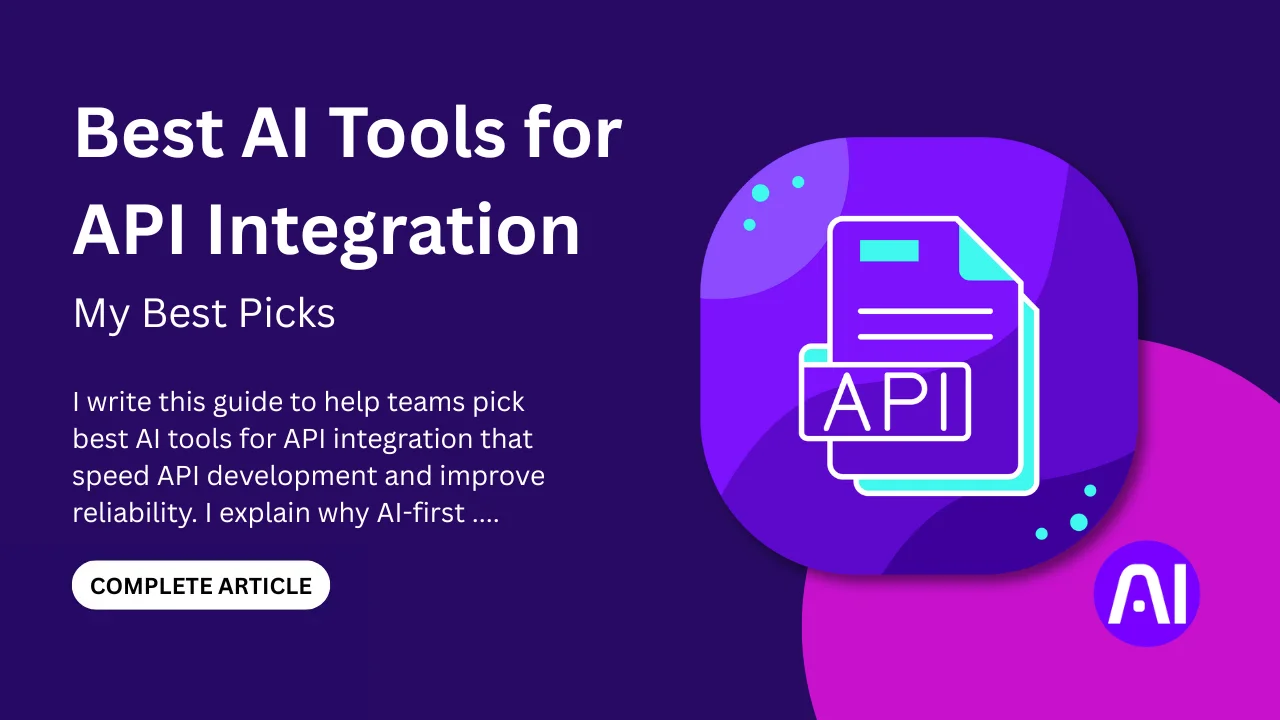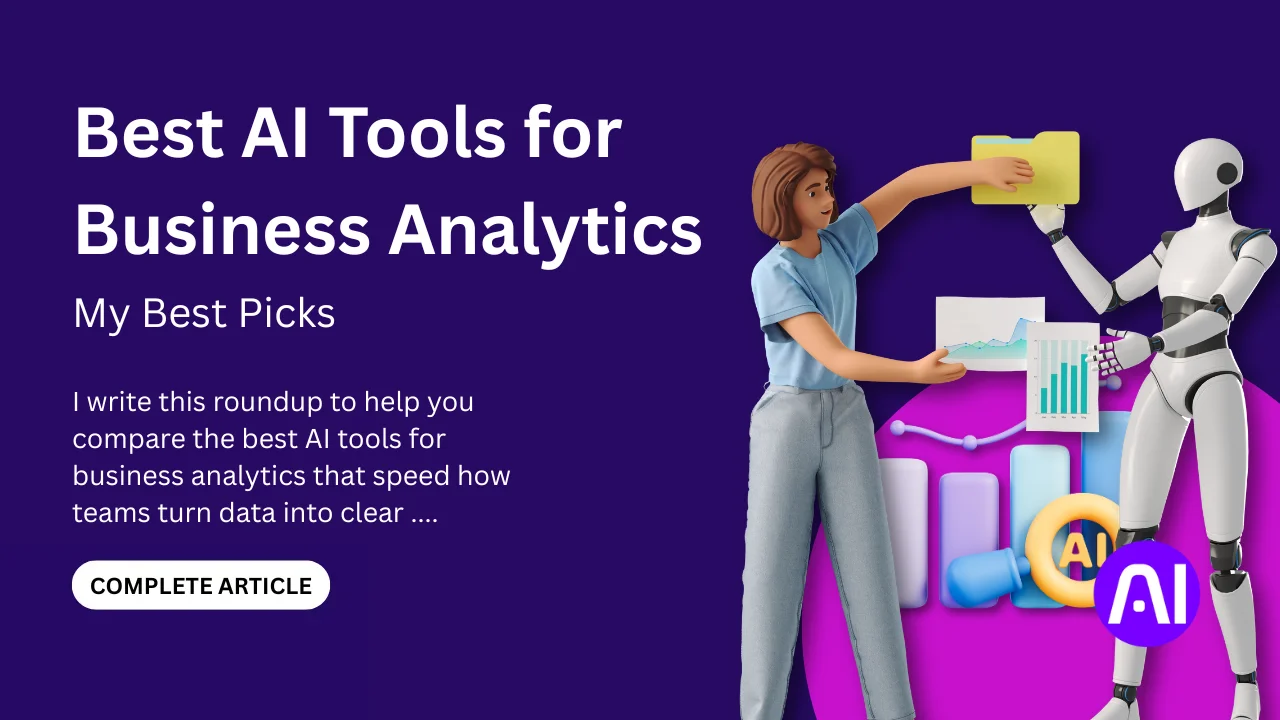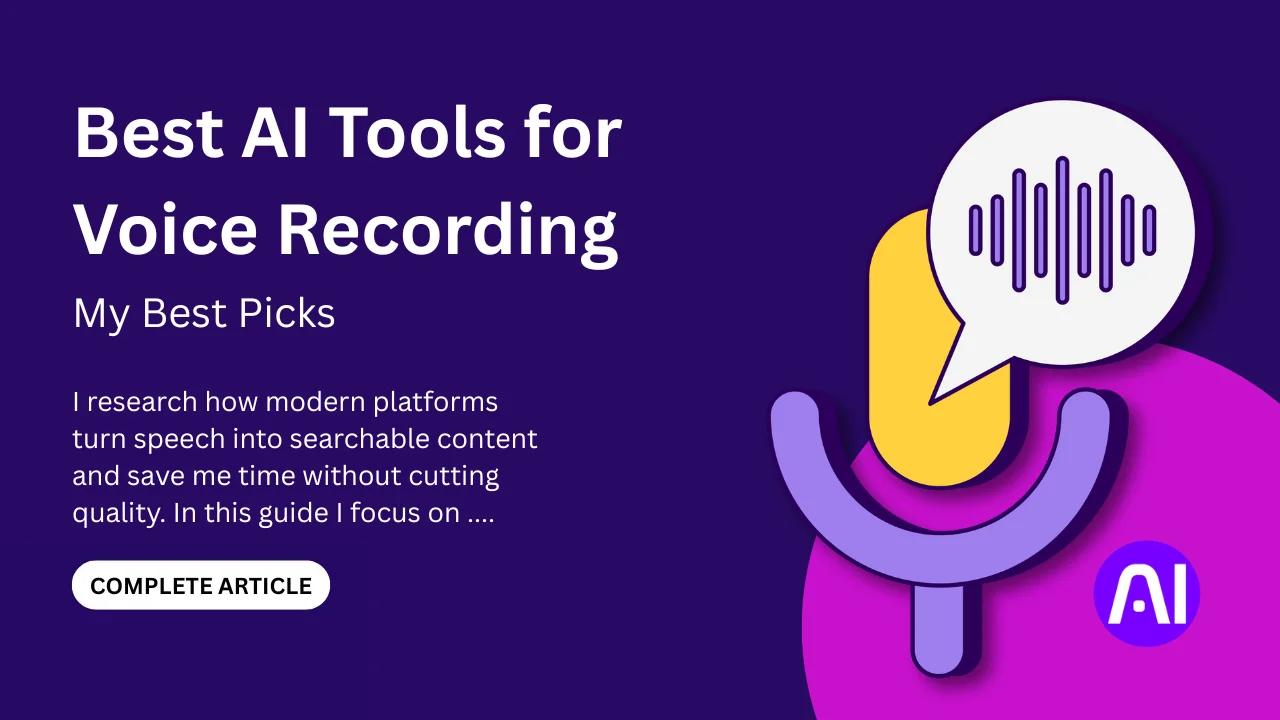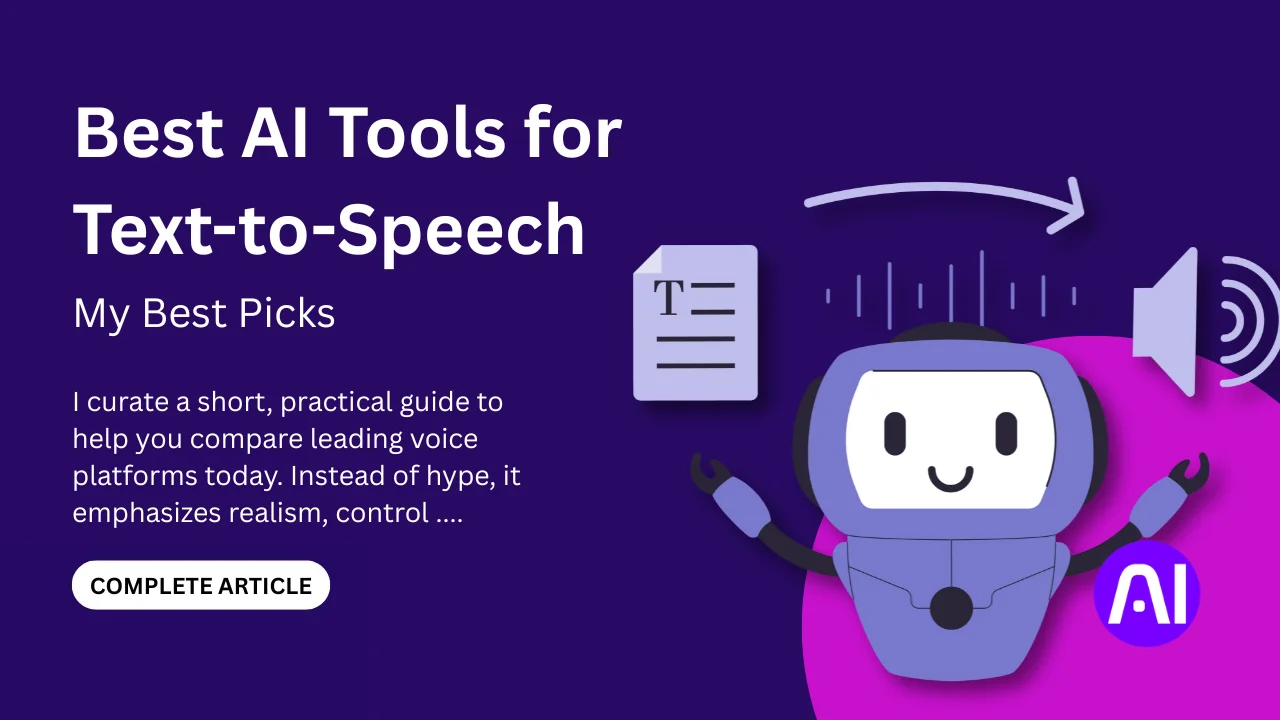Schools often stick to one-size-fits-all teaching. But learning modalities are more than just lectures. They include visual, auditory, and hands-on methods. Most classrooms ignore this, leaving students struggling. The good news? New multimodal instruction techniques and AI learning models are changing the game.
AI now uses various learning modalities in Artificial Intelligence to adapt. It studies how people learn best, like through videos, quizzes, or chatbots. This is called multichannel learning. AI then personalizes lessons for each student. Imagine a tutor that knows exactly how you learn!
This article breaks down the different learning modalities to enhance teaching strategies. You’ll see how AI uses personalized learning models to help students succeed. No more boring, outdated methods. Just smarter, faster ways to learn. Ready to see how? Let’s dive in.
What Are Learning Modalities?
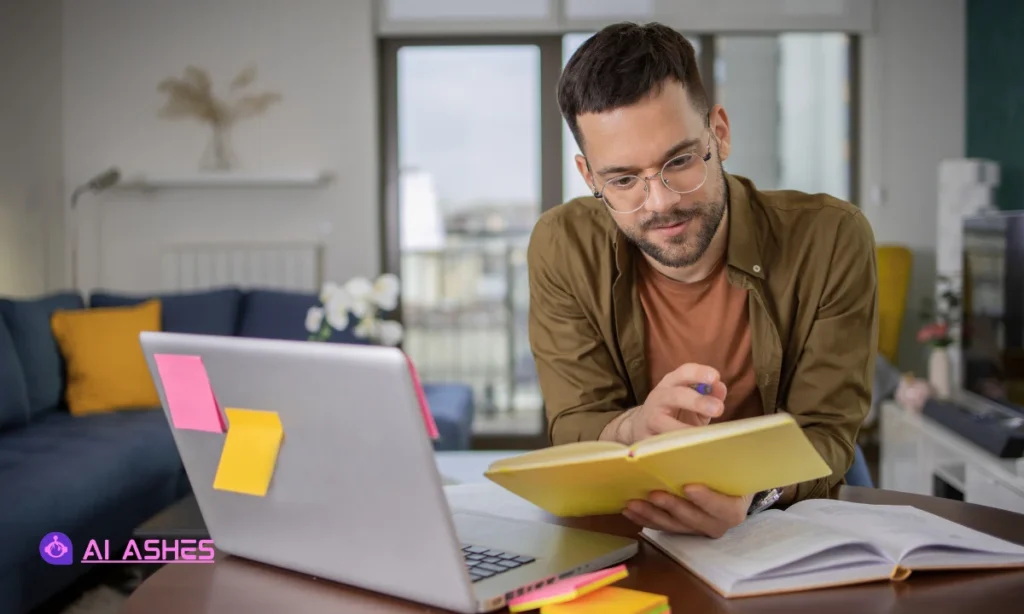
Learning modalities are the different ways people take in and process information. Unlike old theories about “learning styles,” which claimed people only learn one way, modalities are flexible. They change based on what you’re learning.
The most common model is VARK:
- Visual: Learning through images, charts, and videos.
- Auditory: Learning by listening to lectures or discussions.
- Read/Write: Learning through reading and note-taking.
- Kinesthetic: Learning by doing, like hands-on activities.
These sensory modalities help teachers and AI design better lessons. But they’re not rigid. A student might prefer visuals for science but kinesthetic learning for sports.
AI uses learning strategies of AI to adapt to these needs. It studies how a student responds and adjusts lessons. For example, if a student struggles with text, AI might switch to videos or interactive quizzes. This is part of types of AI learning, where machines personalize education.
The key difference? Learning modalities are tools, not labels. They help teachers and AI match methods to the task, not the student. This makes learning faster and easier for everyone.
The Myth vs. Science Debate
For years, schools pushed the idea of fixed “learning styles.” Teachers were told some kids are visual learners, others auditory, and so on. But science says this is wrong. Research shows learning modalities are not locked in. People learn best when lessons mix different methods.
The belief in rigid learning styles is one of the biggest neuromyths in education. Studies prove no one benefits from only one type of teaching. Instead, multimodal instruction techniques work better. A math lesson with visuals, spoken explanations, and hands-on practice helps all students.
Why does this myth stick around? Because people have learning preferences. You might like videos over textbooks, but that doesn’t mean you can’t learn both ways. The brain adapts. AI knows this. AI learning models don’t label students. They adjust lessons in real time, using data to find what works best.
Pigeonholing learners hurts them. If a child is called a “kinesthetic learner,” they might avoid reading. But reading is a skill everyone needs. The solution? Flexible teaching. Mix videos, discussions, writing, and activities. This keeps students engaged and learning better.
The takeaway? Learning modalities are tools, not rules. Good teachers and smart AI use them all. That’s how real learning happens.
How AI Is Transforming Learning Modalities
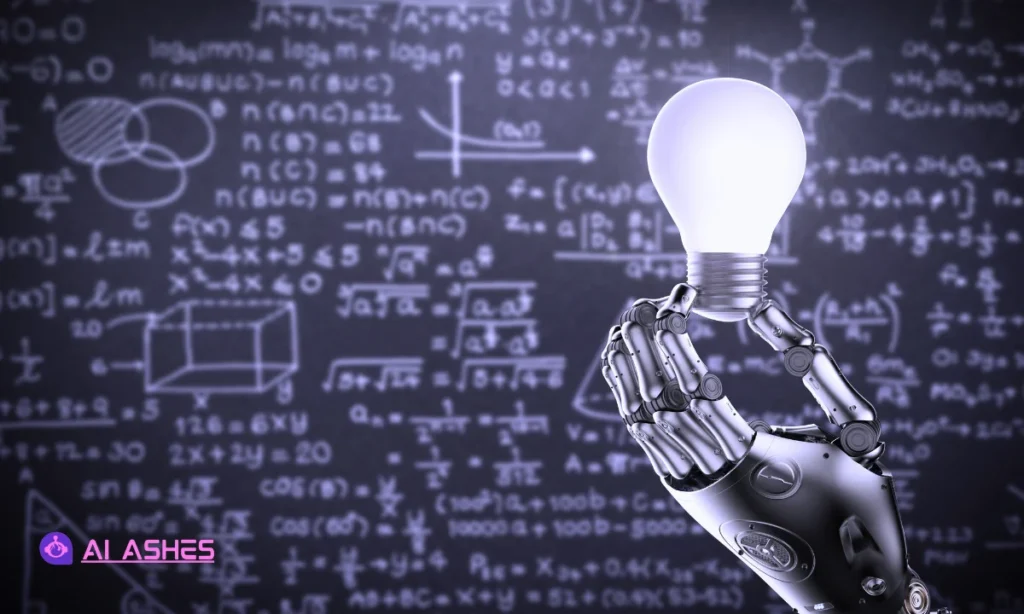
AI is changing education by making learning personal. Unlike old methods that treat all students the same, AI learning models adapt to each person. They watch how you learn, then adjust lessons to fit you. This is the power of learning strategies of AI.
One big way AI helps is through multimodal learning in AI. This means mixing text, images, and sound. For example, if you struggle with reading, AI might explain a concept with a video instead. A 2024 study in ScienceDirect found that this approach boosts learning results. AI doesn’t just guess what works. It uses data to find the best way to teach you.
There are different types of AI learning. Some systems use active learning, where the AI asks questions to see what you know. Others use chatbots to talk through problems. The smartest AI can even read your emotions. If you seem frustrated, it might switch to a simpler lesson.
Experts like Sebastian Raschka explain how AI blends text, visuals, and audio to teach better. These multimodal LLMs (large language models) act like super tutors. They don’t just talk. They show, explain, and test you in ways that stick.
The best part? AI never labels you as one type of learner. It tries different methods until you succeed. This is the future of education. Smarter, faster, and made just for you.
AI Tools Driving Modern Learning Modalities
Today’s smart classrooms use AI tools that help students learn in different ways. These tools adjust lessons to match how each student learns best, using pictures, sounds, videos, or practice questions. Below are five of the most useful AI tools from around the world that support modern learning modalities.
Khanmigo (USA)
Made by Khan Academy
- Best for: One-on-one tutoring for school subjects
- Key feature: Gives answers using text, pictures, and talk-style chat
Khanmigo acts like a smart tutor that talks with students. If a student doesn’t understand a topic, Khanmigo can try showing a diagram, explaining it with simple words, or giving step-by-step help. It uses AI and language tools to decide the best way to explain things.
This helps students who like to learn in different ways. Teachers can also use it to give support while the AI handles common questions. It’s a great example of personalized learning that adjusts to each learner.
Century Tech (UK)
Used in schools across Europe, Asia, and Africa
- Best for: Giving custom lessons based on how a student is doing
- Key feature: Tracks learning and changes lesson formats to help students understand better
Century Tech is an AI platform that looks at how a student learns and gives lessons that match their needs. It mixes short videos, reading passages, and fun questions to keep students engaged. This makes learning easier for students who learn in different ways.
It also gives teachers feedback so they can see what’s working. By using real-time data, Century Tech makes sure students are not stuck with one method but get the right kind of help when they need it.
Socratic by Google (Global)
Free and works on any phone
- Best for: Quick help with homework or school problems
- Key feature: Uses pictures and search tools to give videos, answers, and diagrams
Socratic lets students take a picture of a question, and then gives an answer using videos, simple text, or step-by-step help. It uses visual tools and natural language processing (NLP) to find the best way to explain the topic.
This tool is helpful for students who study at home or need fast help. Socratic supports different learning modalities, so students can pick what works best, watching, reading, or following an example.
Squirrel AI (China)
Used in thousands of schools in China
- Best for: Giving each student their own lesson plan
- Key feature: Changes lessons right away based on how a student is doing
Squirrel AI begins with a quick test to find out what each student knows. Then it gives lessons that fit that student, like games, videos, or quizzes. If a student is stuck, the lesson changes to make it easier to understand. This is called adaptive learning.
The system watches how students learn and gives the right kind of help without guessing. It supports multimodal instruction, using many methods so students can learn in the way that works best for them.
Nearpod (Global)
Used in over 180 countries for in-class and online learning
- Best for: Teachers who want to make fun, interactive lessons
- Key feature: Combines videos, questions, polls, and even virtual reality in one place
Nearpod helps teachers make lessons that use pictures, sounds, videos, and hands-on tasks. Students can watch a short video, answer a poll, or even go on a virtual trip, all in one lesson. This supports blended learning that keeps students active and involved.
Teachers also get reports showing which parts students liked and understood best. Nearpod makes it easy to use multiple learning styles so every student can enjoy the lesson and remember more.
Real Modalities & Techniques That Actually Work
The best learning happens when multiple senses work together. Modern learning modalities now mix visuals, sound, and hands-on practice. This multimodal instruction approach helps students understand and remember better.
Here’s what really works today:
- Smart Mix Teaching
- Show diagrams while explaining concepts
- Add interactive quizzes after videos
- Use real-world examples with stories
As highlighted in The Learning Guild, AI transformers now power these rich, blended lessons in online education.
- Adaptive Learning Tech AI systems watch how you learn:
- Speed up when you’re doing well
- Slow down with extra help when needed
- Switch between types of AI learning like text, audio, or games
These learning strategies of AI feel like having a personal tutor.
- VR/AR Immersive Learning
- Walk through historical events in VR
- Practice science experiments in AR
- Learn languages in virtual conversations
This immersive instruction makes hard concepts easy to grasp.
The magic happens in reciprocal human-machine learning. As you interact with these tools, they learn how you learn best. A student might start with videos, then move to interactive 3D models, then test themselves with AI chat questions.
These aren’t future ideas – they’re in classrooms now. Schools using these learning modalities see students learn faster and remember longer. The key? Using many methods together, not just one.
Practical AI‑Driven Teaching Strategies
Teachers now have powerful AI tools that save time and boost learning. These aren’t just fancy gadgets. They’re practical helpers that make teaching smarter. Let’s look at how real educators are using them today.
- AI Creates Custom Learning Materials
Imagine needing a quiz on fractions in 30 seconds. AI can do that. Need a simple diagram of the water cycle? AI makes it fast. These generative AI in education tools help teachers focus on teaching, not paperwork. They can even turn complex lessons into fun comic strips or real-world examples students love.
- Smart Tutors That Never Tire
Intelligent tutoring systems work like personal coaches for every student. They don’t replace teachers. They help where teachers can’t be everywhere at once. These systems explain math problems step-by-step. They give hints when students get stuck. Best of all, they work at 2 AM when students study late.
- Virtual Helpers for Busy Classrooms
AI teaching assistants handle routine tasks. They can check homework for common mistakes. They remind students about due dates. Some even lead small group discussions. This gives teachers more time for the human parts of teaching – encouraging students and helping those who struggle most.
- Making Lessons Stick
The smartest AI tools don’t just teach. They make sure students remember. They might turn history facts into catchy songs. Or science concepts into interactive stories. When students learn in multiple ways like this, the lessons stay with them longer.
These tools work best when teachers lead and AI assists. The combination creates classrooms where every student gets what they need. No one gets left behind because the teaching adapts as they learn.
Measuring What Matters in Learning Modalities
Schools often ask students, “How do you like to learn?” But the real question should be, “How do you actually learn best?” True measurement looks beyond preferences to track real results. Here’s how modern educators and AI systems measure what works.
- Tracking Real Engagement
Watch what students do, not just what they say. Do they spend more time on video lessons? Do interactive quizzes keep their attention longer? AI tools now measure exactly how long students stay focused on different materials. This shows which modalities truly engage them.
- Testing Knowledge Retention
Liking a lesson doesn’t mean remembering it. Smart measurement uses surprise quizzes weeks later. Did students retain more from the hands-on lab or the textbook chapter? AI systems compare results across different teaching methods to find patterns.
- Measuring Performance Gains
The ultimate test is improvement. Can students solve harder problems after video lessons versus lectures? AI analytics track progress through hundreds of data points. They reveal which combinations of modalities help different students advance fastest.
- The Power of A/B Testing
Advanced schools now run classroom experiments. They teach the same lesson two ways to different groups. Then they compare results. This removes guesswork, showing exactly which modalities work best for which topics and age groups.
- Beyond Standardized Tests
Traditional tests often miss modality effects. New tools track how students approach problems. Do visual learners sketch solutions first? Do auditory learners talk through ideas aloud? These process insights matter more than just right or wrong answers.
The future of education isn’t about favorite learning styles. It’s about finding what actually works for each student through careful measurement. When schools track the right metrics, they can match every learner with the modalities that help them succeed.
Challenges & Ethical Considerations in Modern Learning
While AI learning models and multimodal instruction techniques offer exciting possibilities, they also bring important challenges we can’t ignore. Schools and tech developers must address these issues to use these tools responsibly.
- The Bias Problem in AI Teaching
AI systems learn from existing data, which sometimes contains hidden biases. An algorithm might favor certain learning modalities based on outdated patterns. For example, it could push visual learning for girls and kinesthetic for boys without real evidence. Regular audits of these systems help prevent such stereotyping.
- Privacy Concerns with Adaptive Learning
To personalize education, AI collects lots of student data. Where does this information go? Who can see it? Clear policies must protect young learners. Parents should know what data gets collected and how it gets used to improve different learning modalities to enhance teaching strategies.
- The Digital Divide Grows Wider
Not all schools can afford advanced AI tools. Some students have VR headsets at home while others share old tablets. This creates unfair learning gaps. Policymakers must ensure equal access to various learning modalities in Artificial Intelligence across all communities.
- Teachers Need Proper Training
Many educators feel overwhelmed by new tech. They need time to learn these systems well. A teacher who understands both traditional methods and AI learning models can blend them effectively. Ongoing training programs make this possible.
- Keeping Humans in the Loop
The best classrooms combine tech and human touch. No algorithm can replace a teacher’s encouragement or spot a student’s personal struggle. Schools must use AI as a helper, not a replacement. The goal should always be helping real teachers support real students better.
These challenges don’t mean we should avoid advanced learning tools. But we must implement them carefully, keeping what’s best for students at the center.
Expert Insights: What Education and AI Leaders Recommend
Quick Advice
- Experts agree that learning works best when students use more than one sense.
- Using pictures, sounds, reading, and hands-on activities together helps people learn faster.
- AI tools that use learning modalities like this are changing how schools teach.
- Mixing methods is better than sticking to just one.
Deep Explanation
Many teachers and scientists now say that old ideas like “I’m only a visual learner” don’t help much. Instead, real learning happens when we mix styles. For example, Dr. Barbara Oakley, who teaches students how to learn better, says that when we see something, hear it, and do it, the brain remembers it more. That is why multimodal instruction techniques are now being used in schools.
Sal Khan, the creator of Khan Academy, believes AI should not replace teachers. He says AI should be a smart helper that gives each student a lesson in the way they understand best. That means AI can choose the best learning modality for each topic. Sometimes a video helps. Other times a quiz or a story is better.
Sebastian Raschka, who studies AI learning models, says that the best AI tutors use words, pictures, and sounds together. He says this helps students understand hard ideas more easily. AI uses learning strategies to adjust how it teaches each student based on how well they are doing.
Experts also say we need to be careful. AI must be used in a fair way. Dr. Ruha Benjamin warns that AI can be biased if it only works for certain groups. That is why schools must check their tools to make sure they help all students equally. Some students may not have fancy devices or fast internet. Teachers and leaders need to make sure everyone has access to different learning modalities, even in small or low-tech schools.
All the experts agree on one thing. Good teaching uses many tools. AI can help, but the teacher still matters most. The future of education is not about using just videos or just reading. It’s about using all learning modalities together. That’s how students will learn better and enjoy it too.
Case Studies: How AI Enhances Learning Modalities
1. Teach to One – Adaptive Math Instruction (NYC Schools)
Where? Middle schools in New York City
The Problem: Every student learns math at a different speed, but teachers can’t always teach everyone in just the right way.
What Happened: A computer program (AI) made a special math plan for each student every day. Some students got videos, others did group work, or solved problems on a computer.
Why It Worked: Teachers could still help, but now the lessons fit each student better. Kids stayed focused and understood math more easily.
2. SMILE – Asking Questions with Phones at School
Where? Schools in over 25 countries (from the U.S. to Asia!)
The Problem: Many classrooms didn’t have fun or interactive ways to learn.
What Happened: Students used phones to take pictures and make videos of their own questions. They shared and talked about them with classmates.
Why It Worked: Students weren’t just sitting and listening. They got to ask their own questions, use photos, sounds, and learn from each other.
3. Squirrel AI – Personalized Learning in China
Where? Over 2,000 schools in China
The Problem: Teachers had too many students to help each one in the best way.
What Happened: Squirrel AI gave each student a special quiz first. Then it picked videos, games, and questions based on what that student needed help with. If the student got stuck, it changed the lesson to make it easier.
Why It Worked: Every student learned in their own way and got smarter faster!
These stories show how AI (smart computer programs) helps students learn in different ways, watching videos, doing hands-on projects, talking with others, or using apps. The best part? It learns how you learn best and helps you do even better in school!
Conclusion
The world of learning modalities has changed forever. We now know learning isn’t about fixed styles, but flexible tools that adapt to each student. Modern classrooms blend multimodal instruction techniques with smart AI learning models to create better ways to teach and learn.
The key lessons are clear: First, effective learning uses many methods together, not just one. Second, learning strategies of AI help personalize education like never before. Third, we must keep measuring what really works, not just what feels good.
The next wave is coming. Imagine AI tutors that understand exactly when a student needs a video, a hands-on project, or just a quiet reading session. Picture classrooms where various learning modalities in Artificial Intelligence work together seamlessly. This isn’t science fiction – it’s the near future of education.
Now is the time to experiment. Teachers should try mixing different learning modalities to enhance teaching strategies. Schools should test new types of AI learning tools. Everyone should stay open to better ways of learning.
The best education adapts to learners, not the other way around. With smart technology and good teaching, we can make this happen for every student.
Stay updated on AI trends! For more expert tips and the latest breakthroughs, follow AI Ashes Blog. Dive deeper into machine learning, data science, and cutting-edge AI research.
FAQs – Trending Queries
1. What are learning modalities?
Learning modalities are different ways people learn, like seeing pictures, hearing sounds, reading words, or doing hands-on activities. They help teachers and AI use the best methods to teach each topic.
2. Why mix different learning modalities?
Mixing audio, visual, and hands-on methods helps everyone learn more deeply. Studies show students remember lessons better when they use more than one sense at once.
3. How does AI use learning modalities?
AI learning models watch how students learn. If a quiz is hard, AI might use a video next. This helps students learn faster by using different learning strategies of AI.
4. What are types of AI learning using different senses?
AI learning can use chat, pictures, sound, and games. These various learning modalities in Artificial intelligence help it choose the right tool when a student needs it most .
5. How can teachers use different learning modalities?
Teachers can mix pictures, short quizzes, hands-on experiments, and stories. This different learning modalities to enhance teaching strategies helps students understand better and stay excited to learn.
6. Will mixing help students remember more?
Yes! When students both see, hear, and do learning tasks, the brain remembers more. Multimodal instruction techniques help make learning stick like glue.


